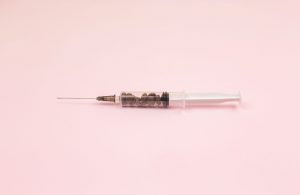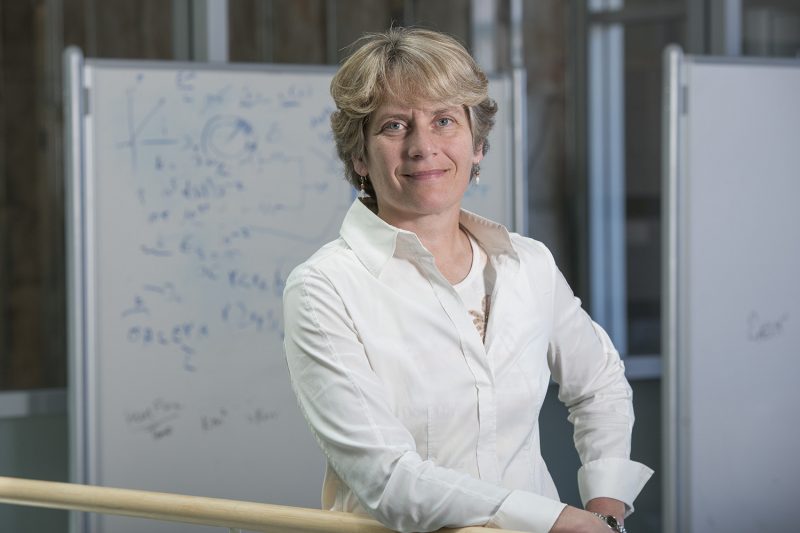In 2003 Carolyn Bertozzi, a chemist from Stanford University pioneered the field of chemistry when she demonstrated a new way of performing reactions. She discovered a brand-new field of chemical reactions that can be performed inside a living organism (in vivo) and can be carried out in presence of proteins, water and oxygen. This field was given the name ‘bioorthogonality’, describing a set of reactions that can be performed in a body (“bio-”) and can be realised when a molecule A will selectively react with a molecule B independently of any other biological molecule that exists in the same environment (“-orthogonality”).

Her discovery paves the way for one fascinating idea: the drug synthesis inside the human body ! This is a top priority for health experts today, as the ability to synthesize a drug in a specific part of the human body can radically change cancer therapies. Hair loss and body weakness, a result of the drug’s interaction with healthy cells is a major side effect of chemotherapy. Bioorthogonality provides the unique opportunity to create a drug specifically directed to the tumor microenvironment, and limit the side effects.
Bertozzi’s discovery may not have been awarded with a Nobel prize (at least not yet), but pioneered a brand-new modern and elegant chemistry field. The very first clinical study, using bioorthogonal chemistry, in cancer patients was announced in October 2020. There are already a handful of research groups that plan on performing similar clinical studies in the near future.
Food for thought:
Find out more about bioorthogonal chemistry here, here and here.

RELATED ARTICLES
CONTACT US
____________
greekwomeninstem@gmail.com
Do you have ideas, questions, comments or special requests?
Would you like to highlight your research project or nominate a researcher that you would like to learn more about?
Please write to our email or fill out the form and hit “send”. We will be happy to talk with you!
[contact-form-7 id=”44″ title=”Contact form 1″]
